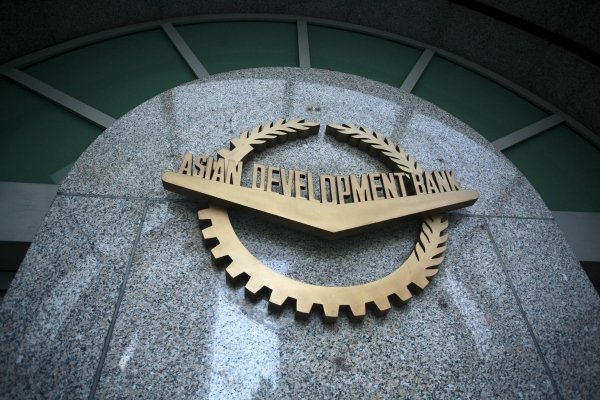Pakistan has all that’s required to be a star economy in Asia. From the pristine coastline of Gwadar in the south to the spectacular mountains of the north, it’s a resource-rich country located near the massive economies of China and India.
More importantly, it has a young and dynamic population. Every time I visit Pakistan, I go home convinced of its ability to surmount development obstacles. I am impressed with the way Pakistan overcomes strife and conflicts which in the past have hampered development. I admire the resilience of Pakistanis in coping with devastating natural disasters such as the 2005 earthquake and the 2010 super floods.
The year 2016 marks the 50th anniversary of the Asian Development Bank’s (ADB) establishment — I am proud to see that Pakistan and ADB’s bond is stronger than ever, as we cooperate to fight poverty and boost prosperity.
Pakistan joined ADB as a founding member in 1966. Since then, we have dealt with multifaceted development challenges. By December 31, 2015, ADB had provided more than $27 billion in loans and over $531 million in grants to support Pakistan’s growth and development.
We have built classrooms and trained teachers — benefiting millions of students — and brought clean drinking water to remote villages and growing cities. Thousands of kilometres of rural roads as well as highways have been constructed.
We have been supporting policy reforms in various sectors, particularly in the energy sector. A reliable energy supply is critical to achieving prosperity. In Pakistan, ADB is financing hydropower projects, gas-fired power plants, energy-efficiency programmes, improved transmission and distribution systems, and innovative clean-energy initiatives such as wind and solar power projects.
In 2015, ADB approved a combined loan assistance of nearly $1.4 billion for two energy sector programmes. Our partnership has stood the test of time. In addition to strategic development assistance, ADB has responded swiftly to meet the country’s emergency needs.
The 2010 and 2011 floods affected about 20 million people. The ADB mobilised loan assistance and grants to help the government rebuild 347km of national highway to higher standards and improve 923km of provincial roads in Sindh. This enabled millions of families to resume their home and work lives. The ADB assistance also rehabilitated about two million hectares of agricultural land through the rebuilding of embankments, canals, and drainage systems.
Together, ADB and Pakistan have made much progress. But we need to do more. With climate change threatening water security, ADB is working with Pakistan to upgrade obsolete irrigation infrastructure — including key barrages — to reduce water losses and improve delivery systems. This will help millions of farmers and enhance food security for a growing population.
To address all these challenges, Pakistan should step up efforts across a number of fronts. Sustained reforms are needed to alleviate power shortages, increase the efficiency of public sector enterprises, expand fiscal space, foster a competitive business environment and liberalise trade.
The country’s workforce should be equipped with the skills needed to help it compete in global markets and increase productivity.
A Disaster Management Fund would bolster disaster resilience, as well as emergency response and reconstruction capacities. Pakistan’s economic future will be bright if it can grasp the opportunities presented by its strategic location.
Ongoing and planned investments under the China-Pakistan Economic Corridor and the Central Asia Regional Economic Cooperation (CAREC) programmes, as well as other regional cooperation initiatives, can put Pakistan’s growth on an upward trajectory. Pakistan will host the CAREC Ministerial Conference this year, as well as other events including an energy sector investment opportunity seminar. – Express Tribune

